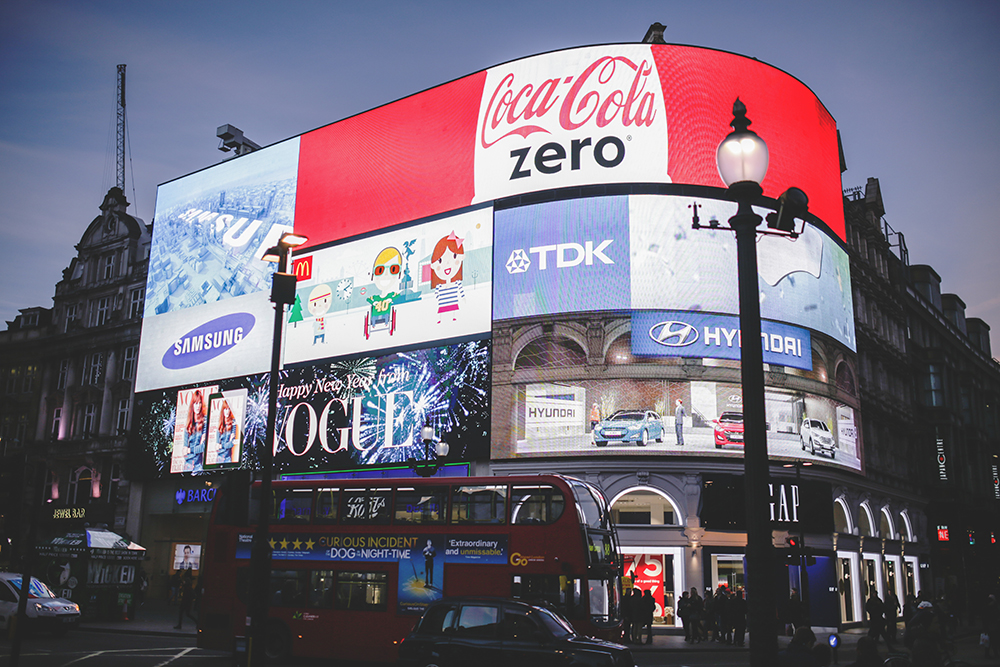
KNOWLEDGE BASE Product Localization
The information on this page was current at the time it was published. Regulations, trends, statistics, and other information are constantly changing. While we strive to update our Knowledge Base, we strongly suggest you use these pages as a general guide and be sure to verify any regulations, statistics, guidelines, or other information that are important to your efforts.
Brexit Update:
Since the UK officially left the European Union on January 31, 2020, the relationship between the two has evolved and continues to be shaped by the ongoing implementation of the withdrawal agreement.
Key Dates:
-
January 31, 2020: UK officially left the EU and entered a transition period that ended on December 31, 2020.
-
December 31, 2020: The transition period ended, and the UK fully exited the EU single market and customs union.
-
January 1, 2021: The UK-EU Trade and Cooperation Agreement came into effect, outlining the post-Brexit relationship between the two entities.
-
2023/2024 Current: The UK and EU are still navigating the ongoing implementation and potential revisions of their post-Brexit relationship.
It's crucial for businesses operating in either the UK or the EU to stay informed about the latest developments and adjust their operations accordingly.
Product Localization for the United Kingdom
Good localization is so invisible, it’s no wonder people have never heard of it. It’s only when it’s bad (or non-existent) that it’s noticeable. And believe me, people do notice it.
Katie Botkin in her blog, What is Localization?
When you ‘localize’ your products, websites, services, and apps, you make them local and relevant to the people in that country - as if they were made for that country from the start. And when you get it right, it's a beautiful thing. But if you get it wrong or don't localize at all, it's obvious. And there are other ways that you will need to pay attention to the UK market, including SEO, local culture, laws and regulations, trade marks, taxation, and data protection.
As you enter the UK market, it’s worth your time to consider how you will “localize” your efforts. While you may be familiar with doing business in your own country, there are many areas to plan for as you expand globally. Simply taking what works in your country and introducing it in the UK may not work. And if you don’t plan ahead, you could end up costing your company both financially and in wasted time – or you could even be risking failure. But if you take the right steps from the start, you can make localization a much easier process, even as you expand beyond the UK.
Globalization, Internationalization (i18n), and Localization (l10n)
Before we go any further, more definitions are called for. You’ll commonly hear people interchange the words globalization, internationalization, and localization. So, what do all three terms mean?
Globalization is often used incorrectly and it’s important to confirm exactly what is meant when someone says they are ‘globalizing’ to make sure they don’t mean internationalization or localization, or simply having a global strategy. The most common meaning is that globalization is a way to impact the entire world the same way at one time. If you want to globalize monetary funds, you’re seeking to have one currency for all. Rather than globalization, what you are working on is your Global Strategy.
Internationalization (sometimes shortened to i18n for i- 18 letters - n) makes it possible to localize your web and mobile application by developing in such a way that the primary aspects such as language translation, space needed for different language and the ability to make localized changes is easy to do based on flexible coding. i18n uses a process of planning and implementing products and services so that they can be easily adapted to specific local languages and cultures, called localization. Depending upon the languages you’re developing in, there are developer resources in GitHub and other technology sites to guide you. And here are additional details that describe the differences well.
Localization (sometimes shortened to l10n for l-10 letters - n), is making something appear as if it was developed in the local market, through changing language, colors, time zones, currency, and the like. If internationalization was done first, localization becomes much easier. It not, you’ll find your teams doing a lot more development and support work to localize.
Here are the areas we cover in the Product Localization sections:
Data Protection Regulations In The UK
International Trademark In The UK
KNOWLEDGE BASE Product Localization


